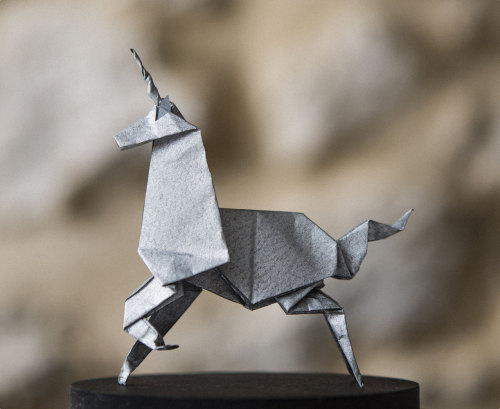Vinyl LPs have been back ‘in’ as far as trends go for a few years now, and whether it be dusting off your parents old Bruce Springsteen records (thanks Dad!) flipping through Louis Armstrong and Johnny Cash at record stores, or buying new releases of contemporary artists at Urban Outfitters (and getting the stink eye from other music fans), there are plenty of ways to get in on the game. It is absolutely true that vinyls have a richer sound, and that the pops and feedback add to the experience, though it’s not for everyone. It is also absolutely true that Crosley record players are awful and should be avoided at all costs – it is way better to save your money and make an investment, unless you really dig hearing skips throughout a whole playback of a record you just dropped a pretty penny on.
Building a record collection is pretty fun and also nostalgic – there is something special about holding an old piece of plastic in your hands and realizing that someone opened it for the first time 60 years ago and had the same emotions you did when you played it for the first time. There is something really cool about taking the Beatles ’65 album you stole from your mom out of its sleeve and seeing that someone had filled out an order form for the Beach Boys that was probably denied by their parents. There is something downright hilarious about flashing the cover of The Monkees at your dad at a barn sale and hearing him mutter about how ‘they didn’t even play their own instruments’ because he is still in denial that he LOVED watching their show when he was a wee boy. (Side note: IFC plays The Monkees sometimes on weekend mornings, and you can see just how hard Davy Jones tried to talk himself out of many a pinch with that British accent.)
There are so many things to explore in the world of vinyl, and one of the coolest things that I’ve been into recently is colored vinyl. It’s been around forever, but is much more rare than the traditional black and also much easier to stare at for hours. In recent years it has resurfaced as a cool medium for ‘limited edition’ releases, which is even more exciting because if you got it you’re one of a proud few, and if you missed the original release you’re just SOL. I just got a double colored LP of Noel Gallagher’s High Flying Birds that came in electric blue and pink, so in case you’re having trouble picturing just how rad this is, I’ve got a pic:
How cool is that? If this doesn’t make you want to buy more records, I don’t know what will.



